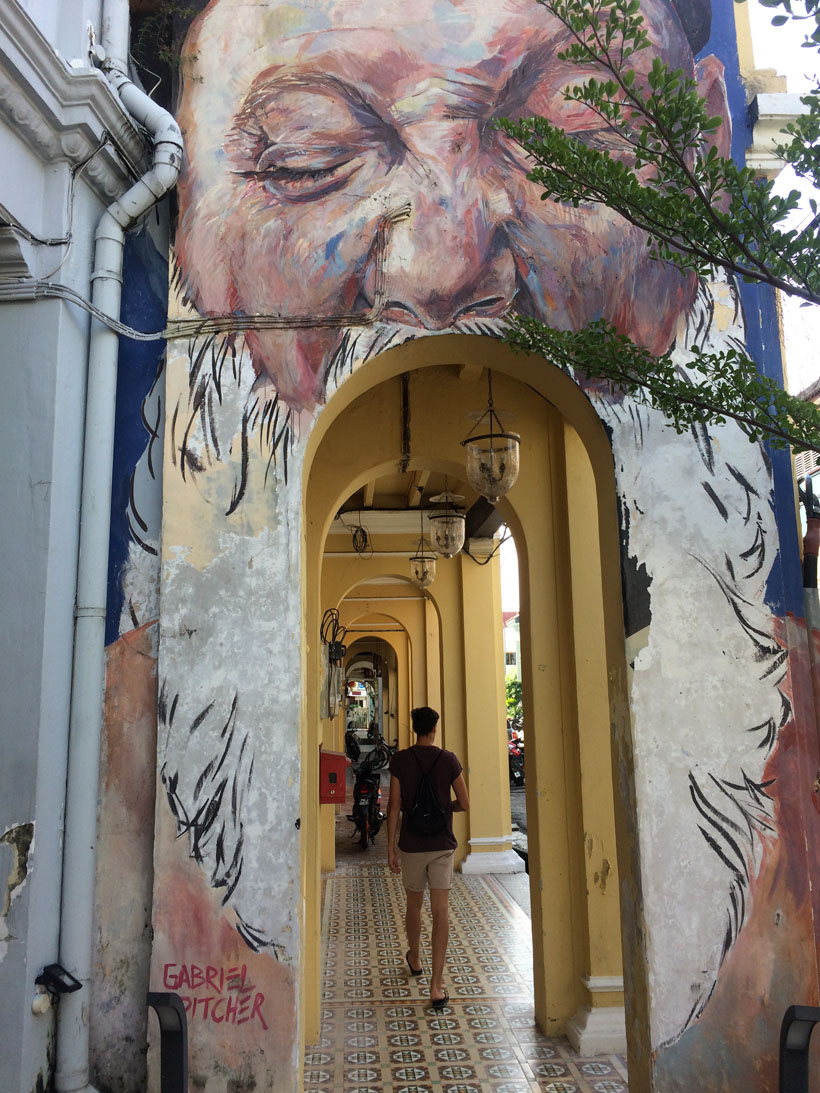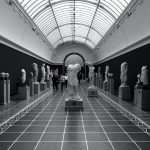Art tourism brings together the enticing lure of travel with a fascinating embroidery of artistic expression. It establishes itself as a vital component of the worldwide tourist economy. This article looks into many facets of art tourism, emphasizing its economic and social repercussions. We evaluate how art tourism promotes economic development, protects local heritage, and strengthens cross-cultural understanding. We additionally take a peek at the difficulties it confronts, such as preserving authenticity and managing the social repercussions on communities. To illustrate this point, we’ve compiled a list of some remarkable art destinations all over the world, each with its own distinct combination of historical, modern, and street art. This introduction lays the groundwork for a deeper comprehension of the multifaceted role performed by art tourism in today’s globe.
Multifaceted Aspects of Art Tourism
Economic Impact:
Art and cultural tourism have the potential to significantly improve the community’s economy. It produces currency for local businesses, creates job possibilities, and attracts investments by bringing people to art-related events and sites. This economic boost may be seen in locations like Spain’s Guggenheim Museum Bilbao and Tasmania’s Museum of Old and New Art, both of which have considerably benefited from local economic rejuvenation.
Cultural Impact:
Art tourism is essential for the preservation of local historical and cultural heritage. It enriches cultural encounters, increases awareness of other cultures, and encourages community involvement. Visitors acquire a better grasp of the region’s history, traditions, and customs, while local populations gain feelings of ownership and pride of their culture and traditions.
Challenges and Limitations:
Despite its advantages, art tourism confronts a number of obstacles, including funding and financial viability, especially for smaller locations and events. It is critical to strike an equilibrium among marketing and authenticity in order to protect the purity of culture. Overcrowding and displacement of local populations are two major issues that must be addressed.
Promotion Strategies:
Strategies such as collaboration and association among many stakeholders, creative marketing and branding, community participation, and methods of sustainable growth are critical to overcoming these problems. These measures guarantee that art tourism serves both visitors and local communities while reducing harmful environmental and cultural repercussions.
Five Recommended Art Tourism Locations:
Sao Paulo, Brasil
Sao Paulo is known for its diverse cultural setting, making it a prime destination for modern art. The city’s vibrant street art, showcased in Beco do Batman alley, reflects Brasil’s rich artistic heritage. Its brightly colored murals are a visual feast. Museums like Sao Paulo Museum of Art (MASP) feature both Brazilian and international art. The mix of local and foreign collections attracts art enthusiasts globally.
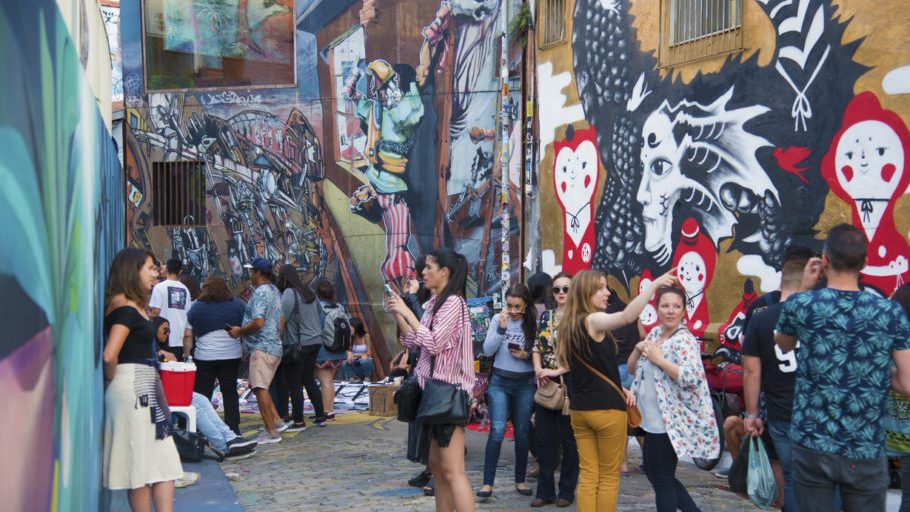
Dubai, UAE
With its distinctive building structure and flourishing contemporary art scene, Dubai is becoming a significant art destination. The city is home to the Alserkal Avenue arts area, which has galleries and creative spaces, as well as Art Dubai, an admired international art festival. Dubai also has stunning public art pieces that combine traditional Middle Eastern art with aesthetics.
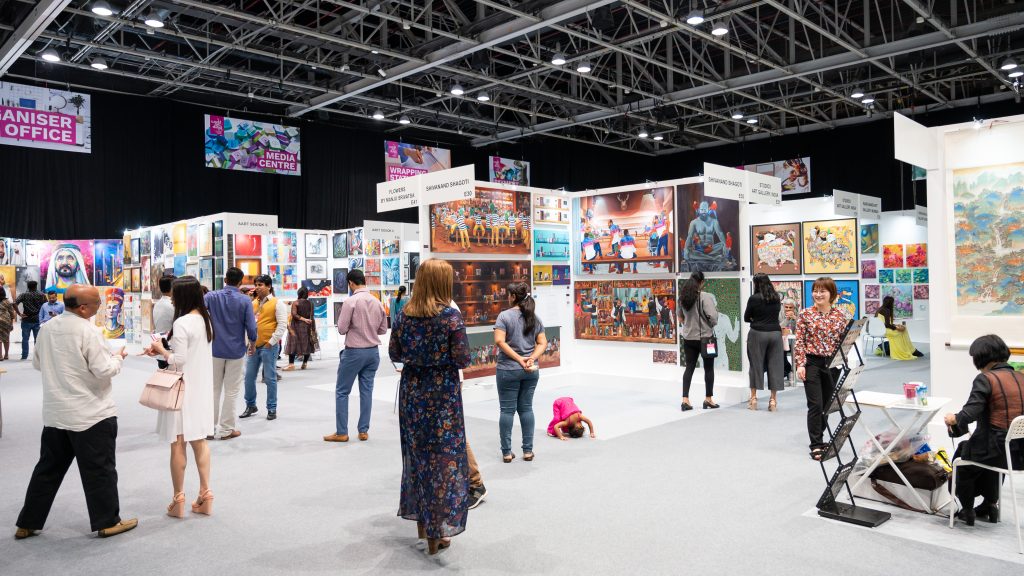
Shanghai, China
The art scene in Shanghai portrays China’s fast modernization, fusing traditional Chinese art with contemporary elements. The Shanghai Museum, famed for its enormous collection of Chinese historical artifacts, and the Power Station of Art, a modern art museum housed in a former power station, are both located in the city. The M50 art area in Shanghai is a hotspot for galleries and artist studios.
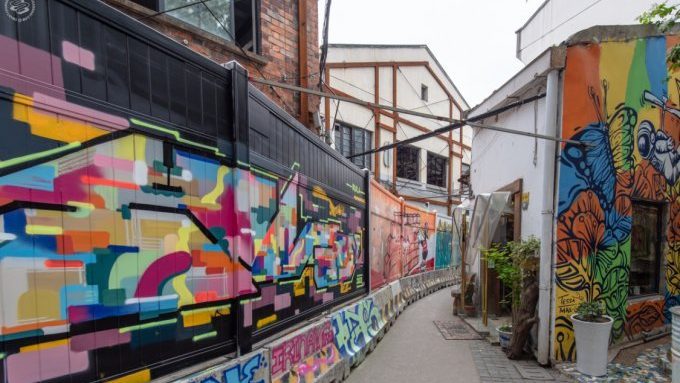
Miami, USA
Miami is well-known for its vibrant art culture, as seen by art Basel and the Wynwood Arts District. There are also various galleries and art museums in the city, such as the Pérez Art Museum Miami, which centers on modern and contemporary art. Miami’s art deco architecture, notably in the South Beach area, contributes to the city’s cultural charm.
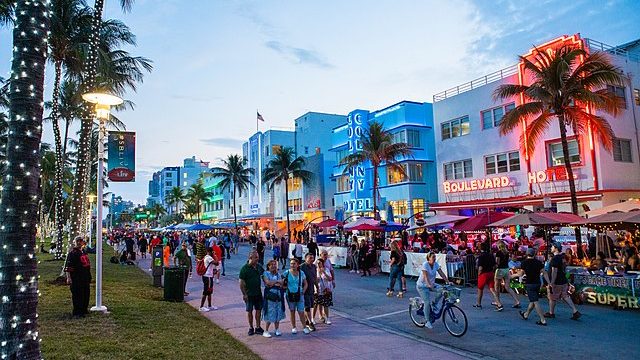
Baltimore, USA
The art scene in Baltimore is distinguished by its grassroots and community-driven efforts. The Baltimore Museum of Art, recognized for its amazing collection of modern art, is located in the city. The American Visionary Art Museum, which focuses on outsider art, and other street art projects across the city. The Baltimore Mural program also demonstrate the city’s dedication to a varied range of artistic expression.
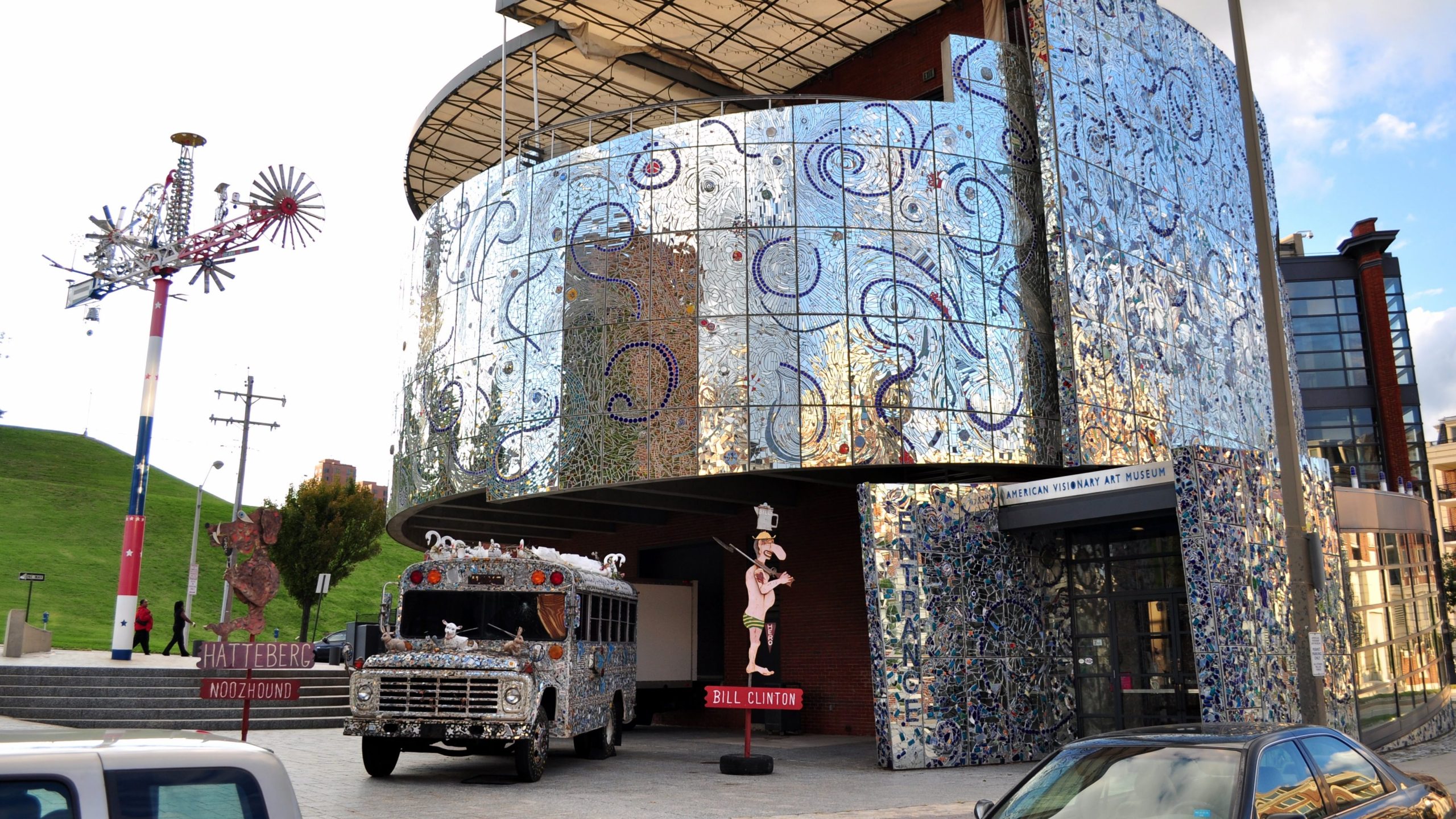
Art tourism, as a component of the larger tourist sector, is critical in molding local economies and maintaining cultural heritage. It fosters a greater knowledge and admiration of local art and traditions while driving economic development through creation of employment and investment. It does, however, encounter obstacles such as finance, authenticity, and controlling socio-cultural repercussions. Cities as Paris, Berlin, Shanghai, Barcelona, Istanbul and many others demonstrate the potential of art tourism by displaying a mix of historical precious pieces and modern works. Finally, Art tourism not only enhances the experiences of tourists but also strengthens local communities, making it a significant part of the global tourism scene.

